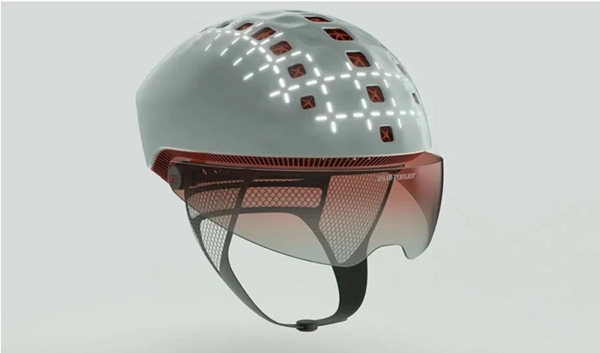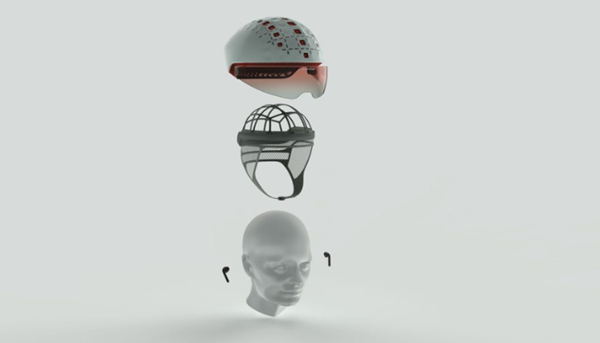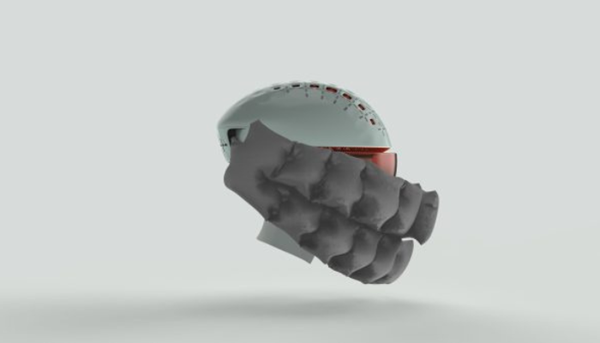There are already many applications for improving bicycles through additive manufacturing, including saddles, frames and even handlebars. nFrontier, a manufacturer based in Berlin, Germany, launched a 3D printed bicycle helmet on August 20, 2022. The bike helmet, called PYLO, is not only 3D printed, but also has many smart features. nFrontier hopes that this helmet will be the first step towards their goal of "creating a better tomorrow with impact-driven products, business models and companies".

Although the PYLO bike helmet is the first product to be launched by nFrontier since its inception in 2020, it incorporates a number of different technologies. For example, we can see design, additive manufacturing and digital tech coming together to create an innovative product. This is because it is particularly important to the company that a cycling helmet should meet the needs of athletes and recreational riders alike. Specifically, this means that the helmet should be made from lightweight materials that do not put too much pressure on the head and incorporate a modern and elegant design.

△ Photo credit: nFrontier
Improving cycling helmets with 3D printing
Since its inception, nFrontier has been looking for the right technical partner to realise its PYLO cycling helmet for many years before turning to 3D printing and design. Notably, nFrontier used AutoDesk 3DSMax as the software component and as for the final print, they used F370 and J55 3D printers - both from 3D printing manufacturer Stratasys - specifically to 3D print the helmet's liner. This not only enhances the mobility of the cycling helmet itself, but also has the effect of making it comfortable for the helmet wearer.
However, the bike helmet stands out not only for its use of additive manufacturing technology, but also for its other exciting features. For example, the PYLO also contains an airbag to protect the jaw, teeth and eyes in the event of an accident. This opens on its own. In addition, it has LED lights on the back of the helmet. Another highlight of the PYLO, which is also most important for cyclists, is the LIDAR technology (Light Detection and Ranging), a safety system that allows cyclists to see when danger is gathering in a blind spot, even when various vehicles are approaching the cyclist too fast.

The △PYLO bike helmet includes an auto-release airbag (photo credit: nFrontier)
Daniel Büning, CEO of nFrontier, further explains: "We see an urgent need for a technology shift in the automotive, electronics and computer industries in order to improve safety for cyclists. Reducing the number of accidents is a key driver in promoting cycling as a sustainable mode of travel."





